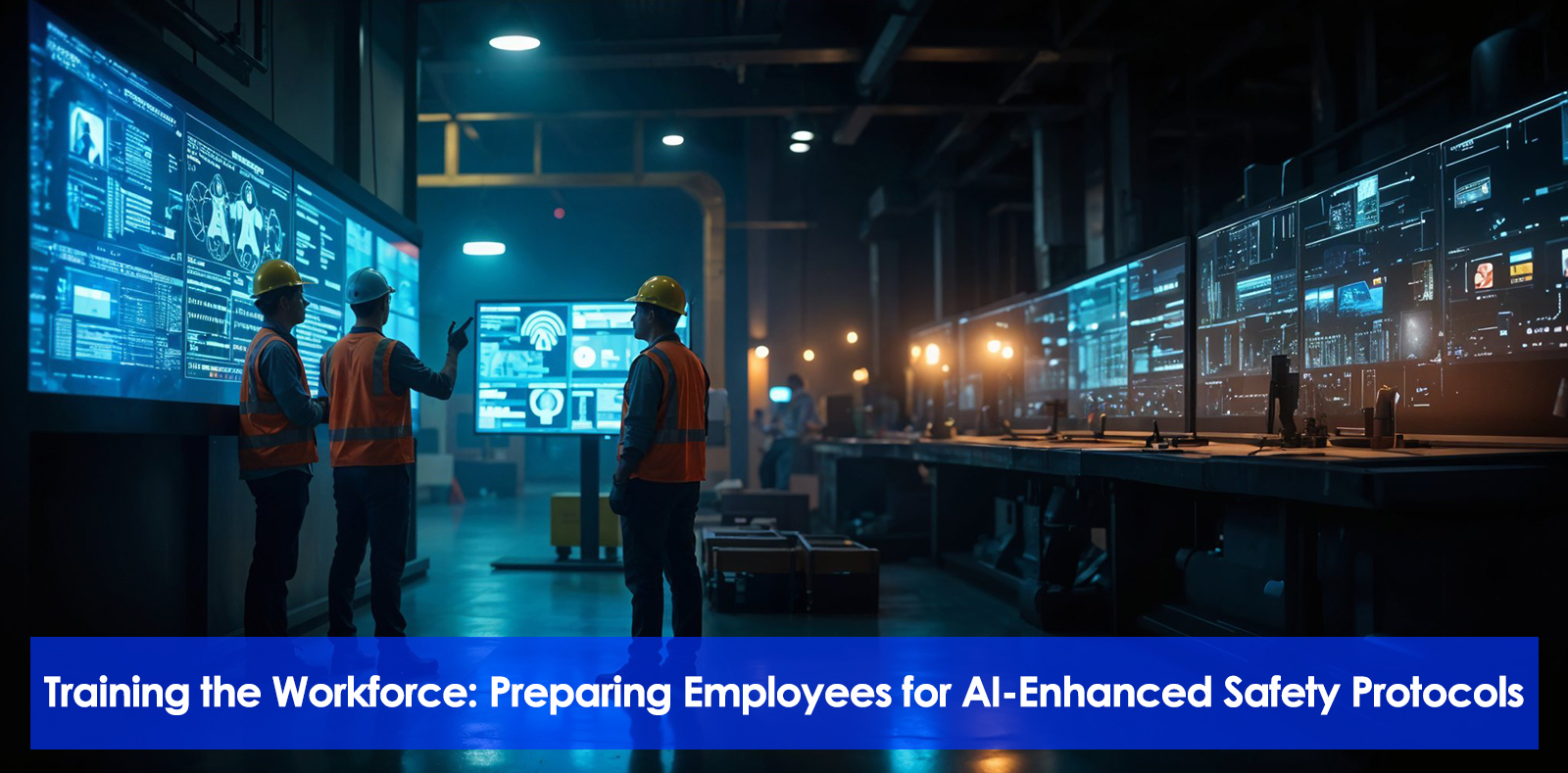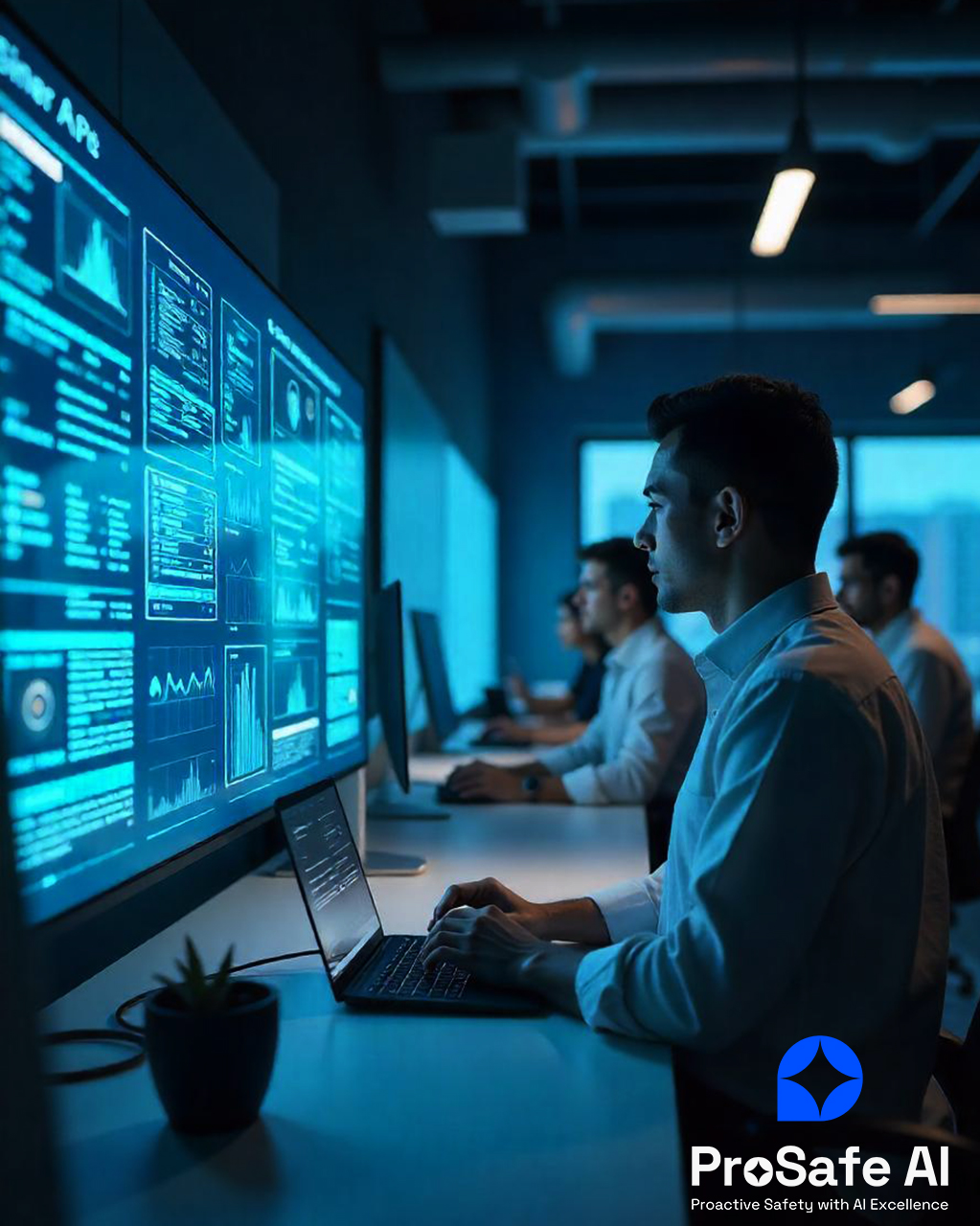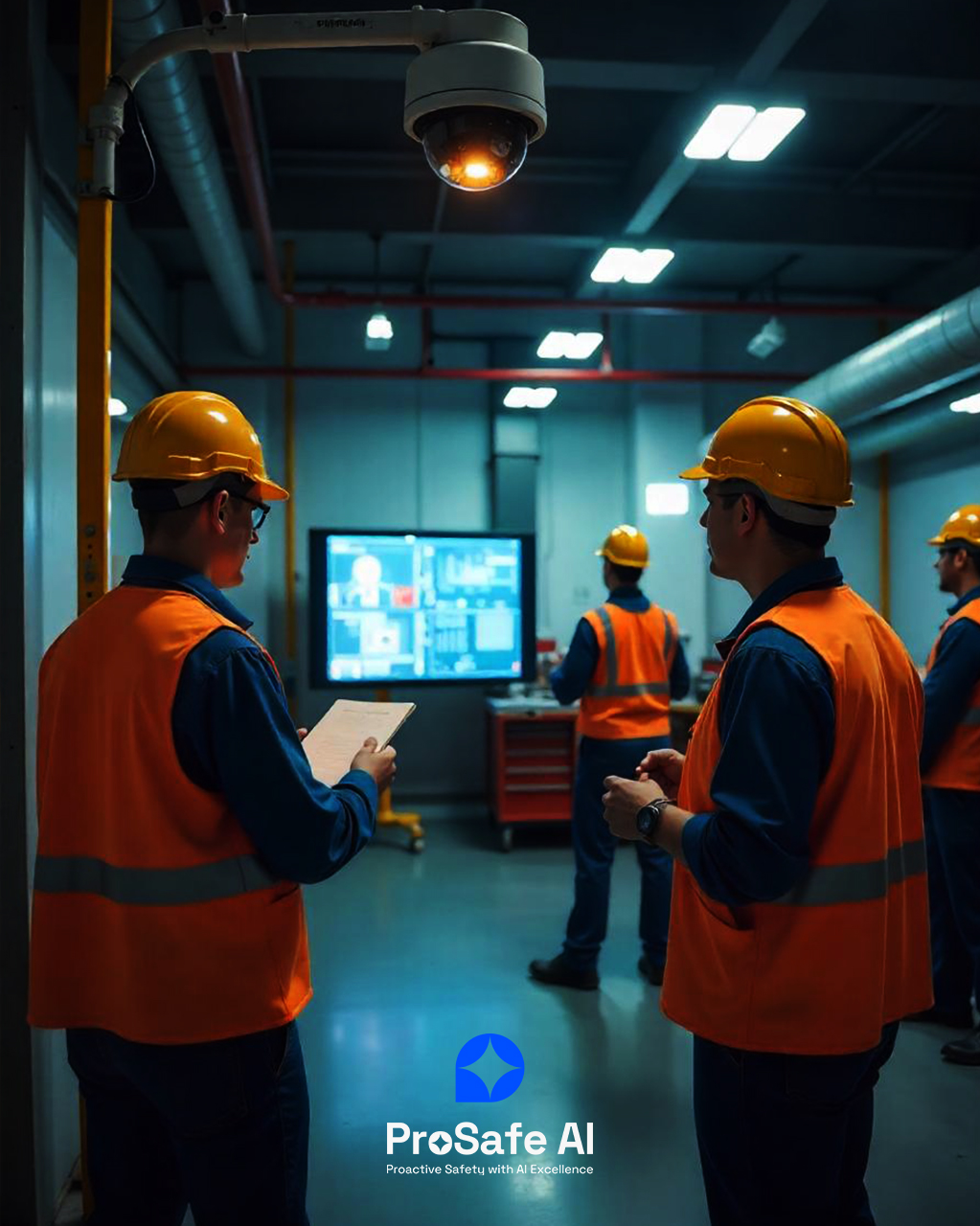In an era where technology is rapidly transforming industries, ProSafe AI stands at the forefront of revolutionizing safety management across sectors like manufacturing and construction. Our innovative AI systems actively monitor work sites, detect potential hazards, and prevent accidents before they occur, ensuring a proactive approach to worker safety. However, the successful integration of AI into workplace safety protocols hinges on one critical factor: effective employee training.
As we embrace AI-enhanced safety solutions, it is essential to equip our workforce with the knowledge and skills necessary to work alongside these advanced systems. Here are some strategies for effectively training employees to utilize AI in safety management.
1. Comprehensive Onboarding Programs
When introducing AI workplace safety solutions, a robust onboarding program is essential. New employees should receive training that covers the basics of AI technology, its applications in safety management, and how it integrates with existing protocols. This foundational knowledge will help employees understand the importance of AI in enhancing workplace safety and their role in utilizing these systems effectively.
2. Hands-On Training with AI Systems
Theory alone is not enough. Employees must engage in hands-on training with AI surveillance solutions. This could involve simulations or real-time demonstrations of how AI systems, such as the best AI construction safety cameras operate. By allowing employees to interact with the technology, they can gain confidence in using AI tools to monitor their environment and respond to potential hazards.
3. Continuous Learning and Development
AI technology is constantly evolving, and so should employee training. Implementing a continuous learning program ensures that employees stay updated on the latest advancements in AI for construction safety and workplace safety management systems. Regular workshops, online courses, and refresher training sessions can help employees adapt to new features and functionalities of AI systems, fostering a culture of safety and innovation.
4. Encouraging Collaboration Between Humans and AI
One of the most significant shifts in workplace safety management is the collaboration between human workers and AI systems. Training should emphasize the complementary roles of both parties. Employees should be encouraged to trust AI surveillance solutions in the UAE while also understanding their critical role in decision-making processes. This collaborative approach can enhance situational awareness and improve overall safety outcomes.
5. Utilizing Real-World Scenarios
Training programs should incorporate real-world scenarios that employees might encounter on the job. By simulating potential hazards and demonstrating how AI can assist in identifying and mitigating these risks, employees can better understand the practical applications of AI in safety management. This strategy not only reinforces learning but also prepares employees to respond effectively in high-pressure situations.
6. Feedback Mechanisms for Continuous Improvement
Establishing feedback mechanisms is crucial for refining training programs. Employees should have the opportunity to share their experiences and challenges when working with AI systems. This feedback can inform future training sessions and help identify areas where additional support or resources may be needed. By fostering an open dialogue, organizations can continuously improve their training strategies and enhance employee confidence in using AI for workplace safety.
7. Highlighting Success Stories
Sharing success stories of how AI has positively impacted workplace safety can motivate employees and reinforce the importance of their training. Highlighting instances where AI systems have successfully detected hazards or prevented accidents can serve as powerful reminders of the value of these technologies. This not only boosts morale but also encourages employees to actively engage with AI safety solutions.
As ProSafe AI continues to lead the charge in workplace safety solutions using AI, it is imperative that we prioritize employee training. By implementing comprehensive onboarding programs, hands-on training, continuous learning, and collaborative approaches, we can prepare our workforce to work alongside AI-enhanced safety protocols effectively. With the right training strategies in place, we can ensure that our employees are not only equipped to utilize AI technology but are also empowered to contribute to a safer work environment in the manufacturing and construction industries. Together, we can build a future where AI and human expertise work hand in hand to create safer workplaces for all.


